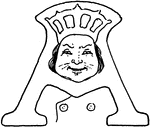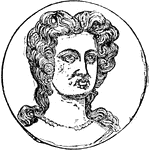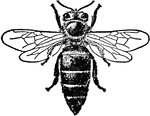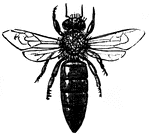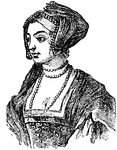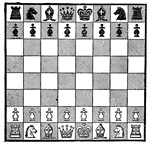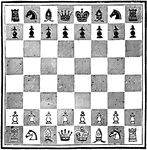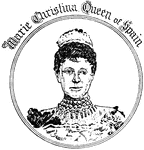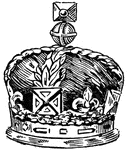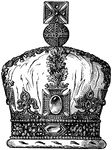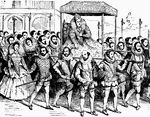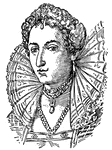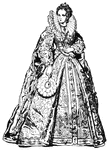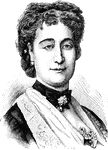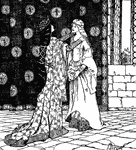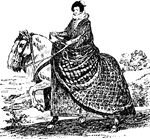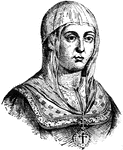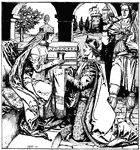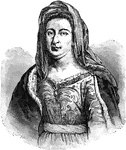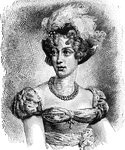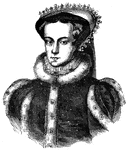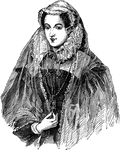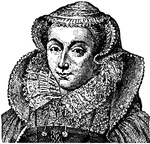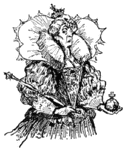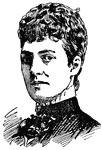
Queen Alexandra
(1844-1925) Consort of King Edward VII. She founded the Imperial Military Nursing Service and instituted…
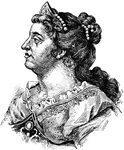
Queen Anne of England
The Queen of England, Scotland and Ireland. She was born on February 6, 1665 and died on August 1, 1714.
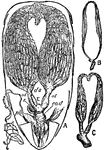
Bee Ovaries
"Ovaries of Queen and Workers (Apis). A, Abdomen of queen, under side. P, Petiole. o, o, Ovaries. hs,…

Drone Bee
"Bee is the common name given to a large family of hymenopterous or membranous-winged insects, of which…
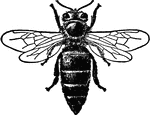
Honey Bee (Queen)
Honey bees (or honeybees) are a subset of bees, primarily distinguished by the production and storage…
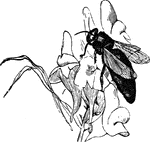
Queen Bee
"The queen bee is larger and longer than the other bees; she moves in a slow and majestic manner, and…
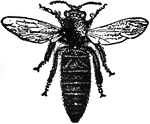
Queen Bee
"Bee is the common name given to a large family of hymenopterous or membranous-winged insects, of which…

Worker Bee
"Bee is the common name given to a large family of hymenopterous or membranous-winged insects, of which…
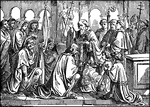
Clovis, King of the Franks, is Baptized by Saint Remigius
Illustration of King Clovis kneeling before Saint Remigius. Clovis' wife, Clotilde, kneels next to him.…

Crown
"The crown of William I and his successors was a plain circlet heightened with four spikes having trefoil…

Crown
"The crown made for the coronation of Queen Victoria, has its entire surface completely covered with…
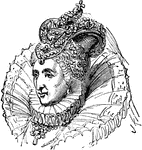
Elizabeth I of England
Elizabeth I (7 September 1533 – 24 March 1603) was Queen of England and Queen of Ireland from…
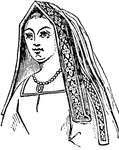
Elizabeth, Queen of Henry VII
"The angular head-dress of Elizabeth, Queen of Henry VII." — Encyclopedia Britannica, 1893
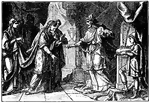
Esther Approaches the King and is Welcomed
"Now it came to pass on the third day, that Esther put on her royal apparel, and stood in the inner…
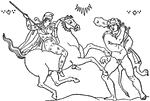
Hippolyta and the girdle
"Hippolyta, the queen, received him kindly, and consented to yield her girdle, but Juno, taking the…
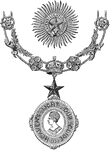
Insignia of the Order of the Star of India
"This Order was instituted by Her Majesty the Queen, in the year 1861, for bestowing honor upon the…
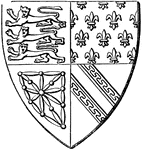
Shield of Queen Isabella
"Quartered shield of arms borne by Isabella, Queen of Edward II."—Aveling, 1891

Juno
"The following cut is taken from the Vatican Juno found in the ruins of Lorium." — Anthon, 1891

King & Queen Dancing with Group of People
An illustration of a king and queen holding hands and dancing with a large group of people.

King & Queen Sitting at Table
An illustration of a king and queen sitting the head of a large table surrounded by people.

Mary I
Mary, the fourth and penultimate monarch of the Tudor dynasty, is remembered for returning England from…
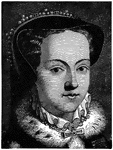
Mary I of England
Mary I (18 February 1516 – 17 November 1558), was Queen of England and Queen of Ireland from 19…
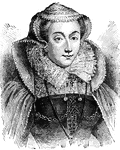
Mary Queen of Scots
Mary, Queen of Scots (1542 – 1587), also known as Mary Stuart or Mary I, reigned over Scotland from…
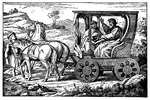
Philip Speaks with an Ethiopian Eunuch in His Chariot
"And he arose and went: and behold, a man of Ethiopia, a eunuch of great authority under Candace, queen…
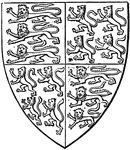
Shield of Queen Philippa
The heraldic shield of Philippa of Hainault, the Queen consort of Edward III of England.
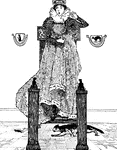
Pussy-Cat
"Pussy-cat, pussy-cat, where have you been?" "I've been to London to look at the queen." "Pussy-cat,…
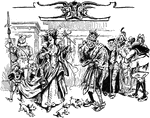
Queen and King Surrounded by People
An illustration of a queen and king surrounded by a group of people and dogs running around their feet.
